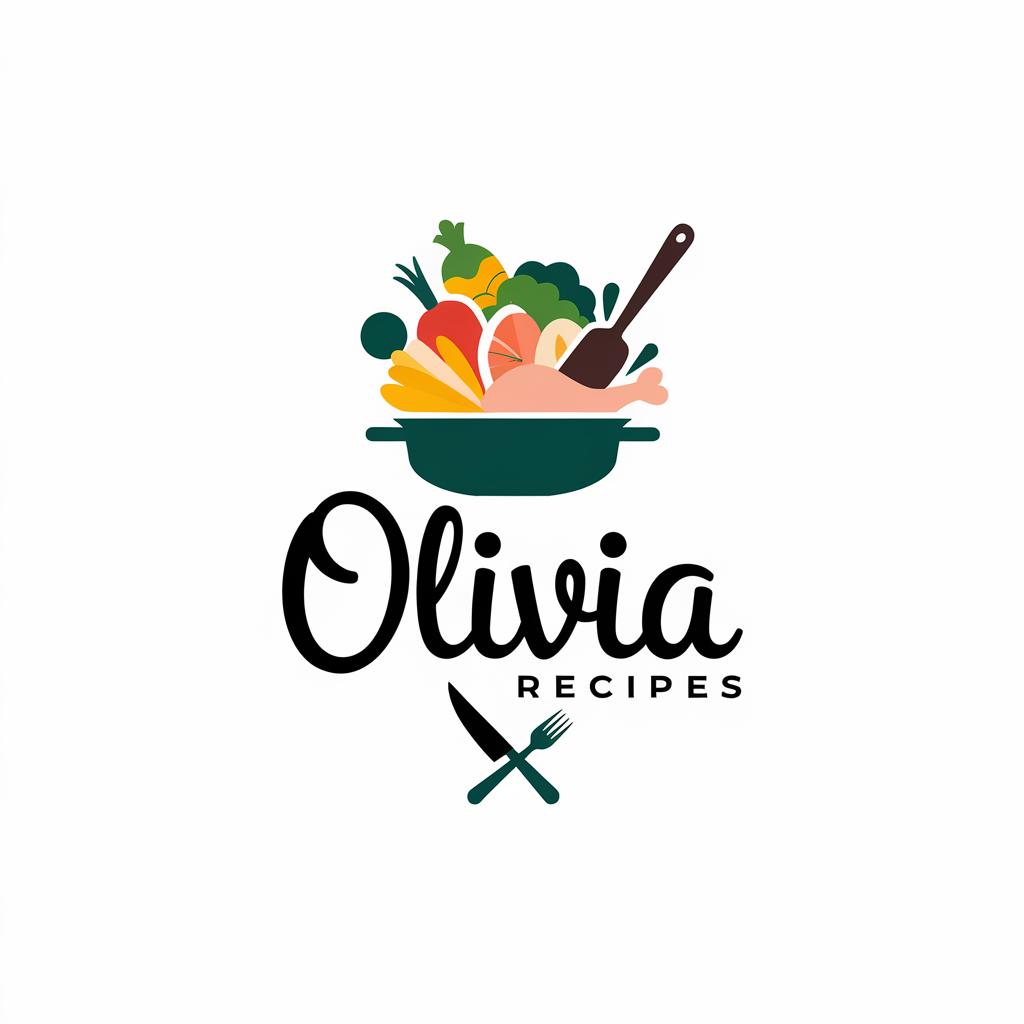Both are high in protein, making them excellent choices for a balanced diet.
- Lobster: 143 calories, 27g protein, low in fat.
- Shrimp: 71 calories, 22g protein, higher in fat.
Remember that both have significant cholesterol levels, so moderation is key. Additionally, lobster is particularly rich in omega-3 fatty acids, which can promote heart health.
Lobster is rich in vitamins and minerals like B12, while shrimp provides other essential nutrients.
If you have shellfish allergies, avoid these options.
Finally, consider the sustainability of sourcing, as this impacts the environment.
Frequently Asked Questions
Can I Substitute Crab for Lobster or Shrimp in This Recipe?
Yes, you can substitute crab for lobster or shrimp in your recipe. Just adjust cooking times for ideal flavor, and consider using additional seasonings to match the desired taste and texture of the original seafood.
What Are Some Side Dishes That Pair Well With Lobster and Shrimp?
You’ll be amazed at how certain side dishes elevate your meal. Think crunchy coleslaw, smoky grilled vegetables, or creamy mac and cheese. Each one complements the rich flavors beautifully, making your dining experience unforgettable.
How Do I Store Leftover Lobster and Shrimp?
To store leftover lobster and shrimp, place them in airtight containers and refrigerate. Use them within two days for best quality. If you need longer storage, consider freezing them, properly wrapped, for up to three months.
Can This Recipe Be Made Ahead of Time?
You can whip up this dish ahead of time, like a magician crafting a spell. Just freeze it in an airtight container, and when you’re ready, reheat it to savor those flavors.
Is This Dish Suitable for Freezing?
Yes, this dish can be suitable for freezing, but it’s best to freeze raw seafood for peak quality. Make sure to use airtight containers and label them with dates to track storage duration.

